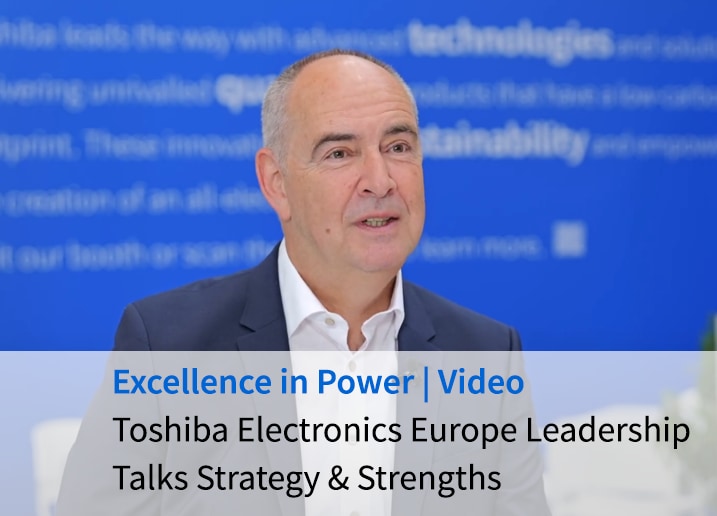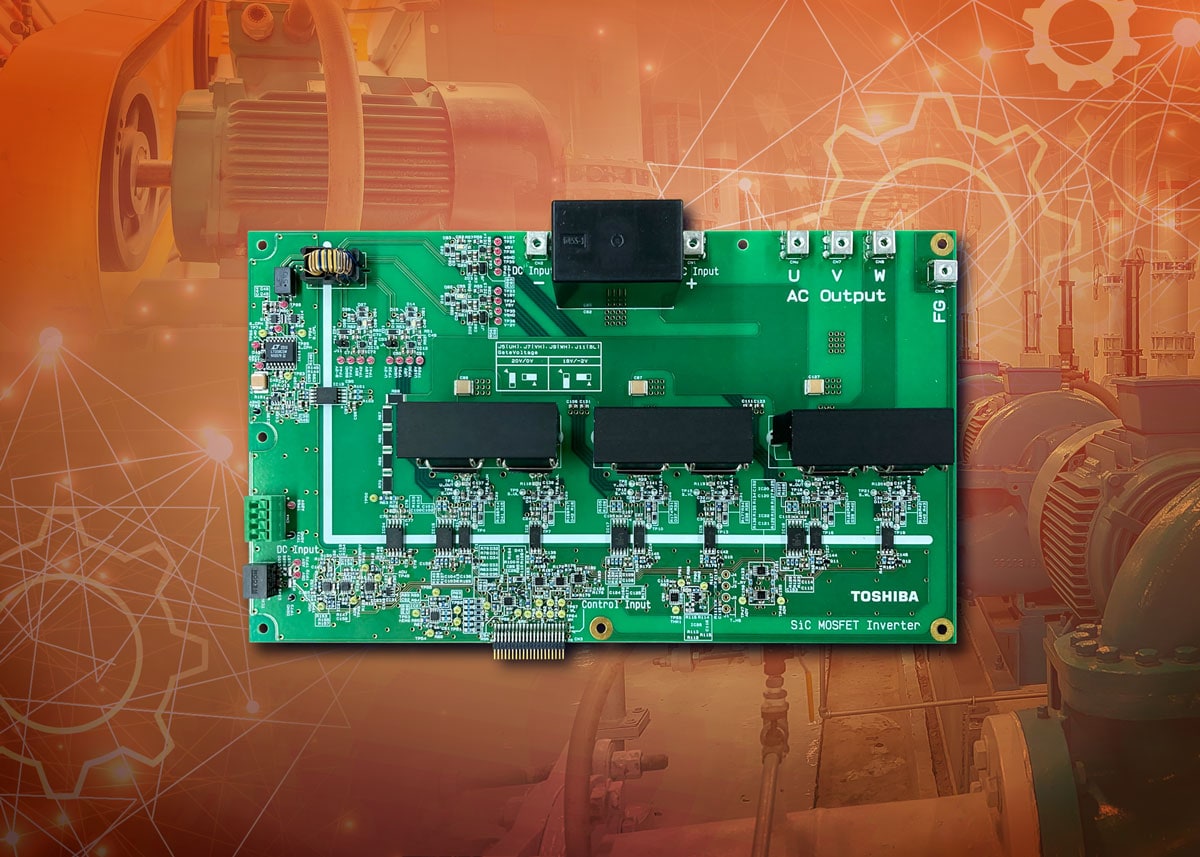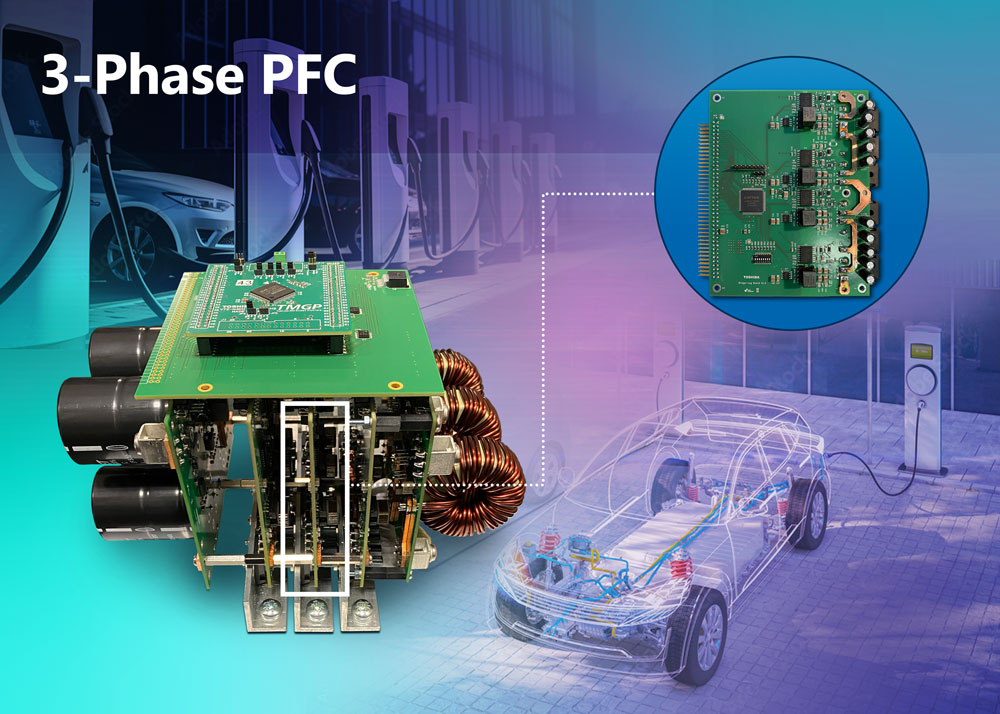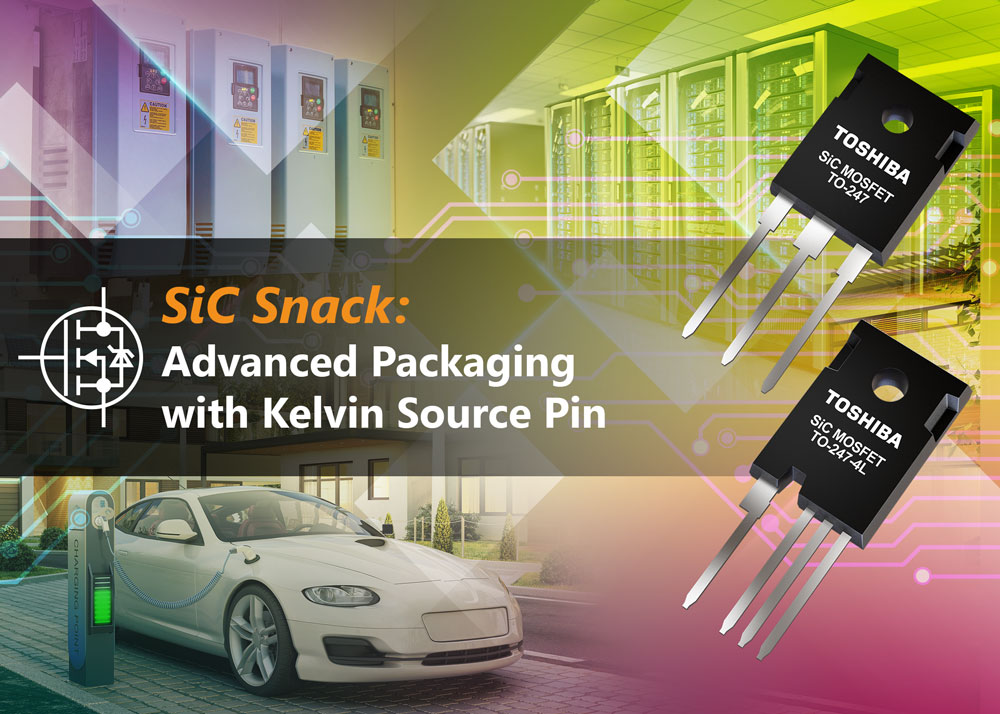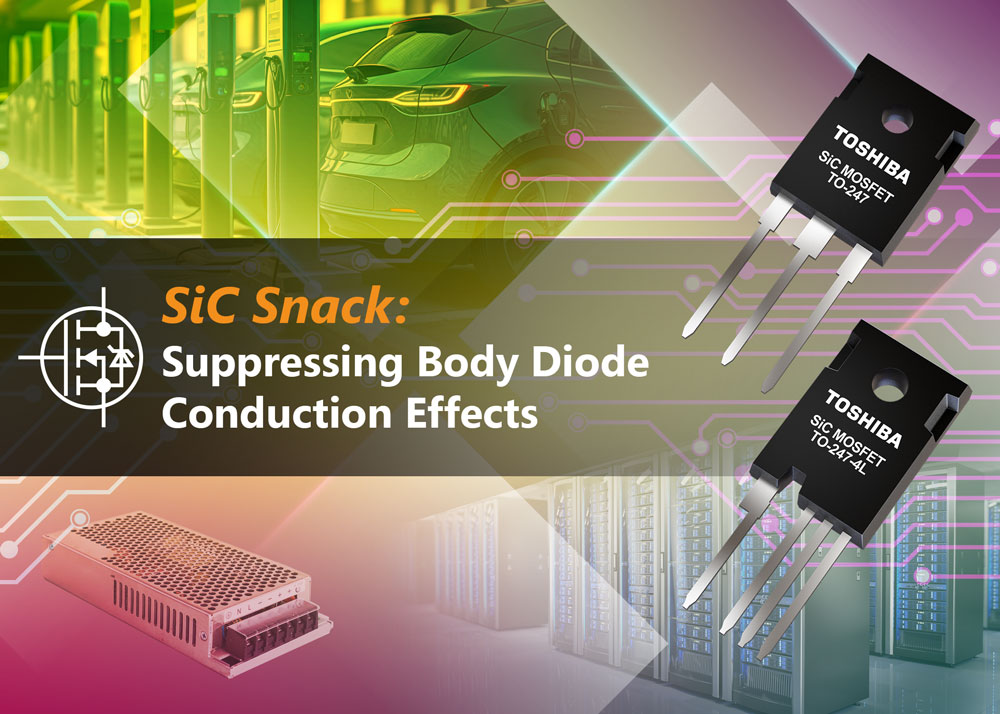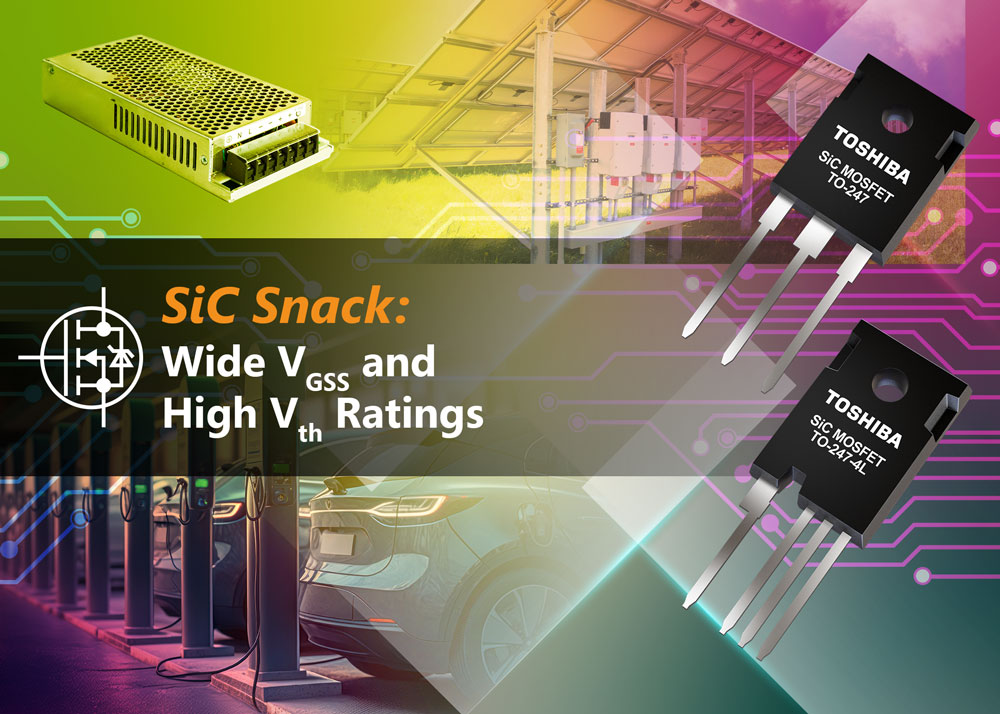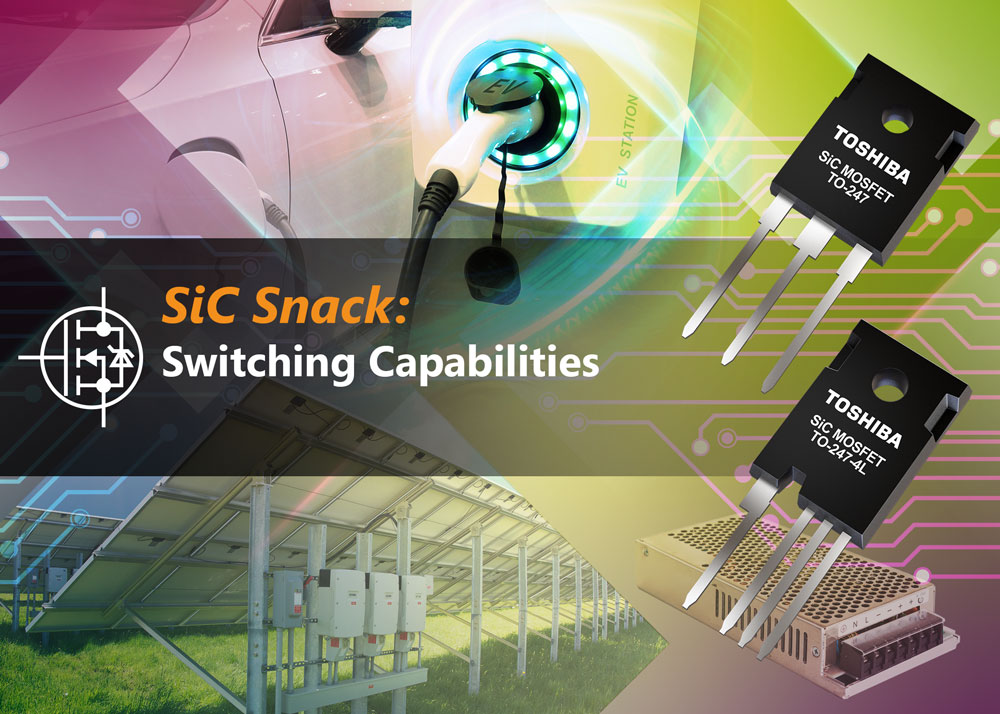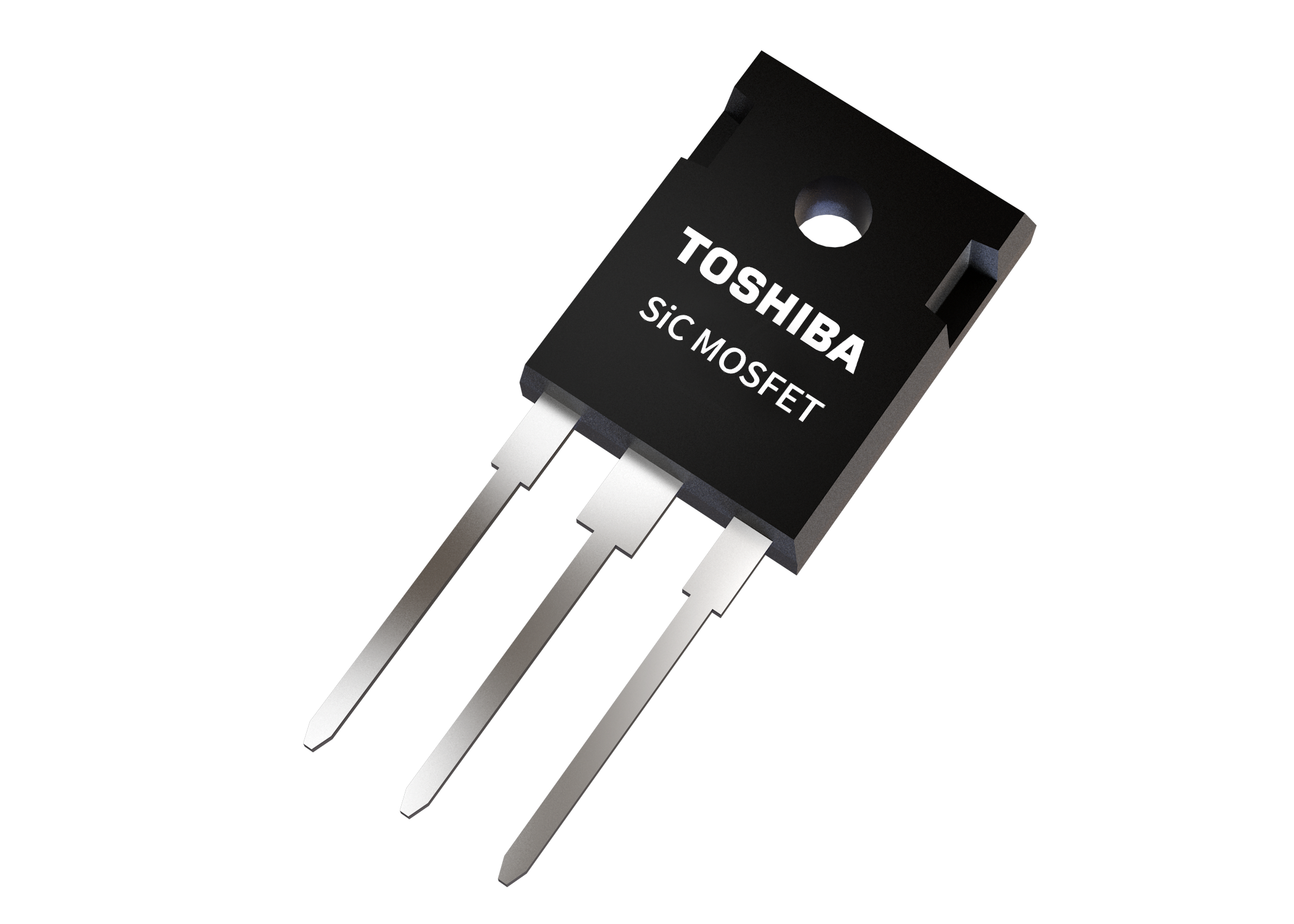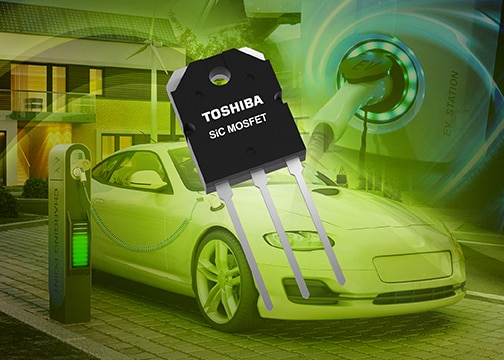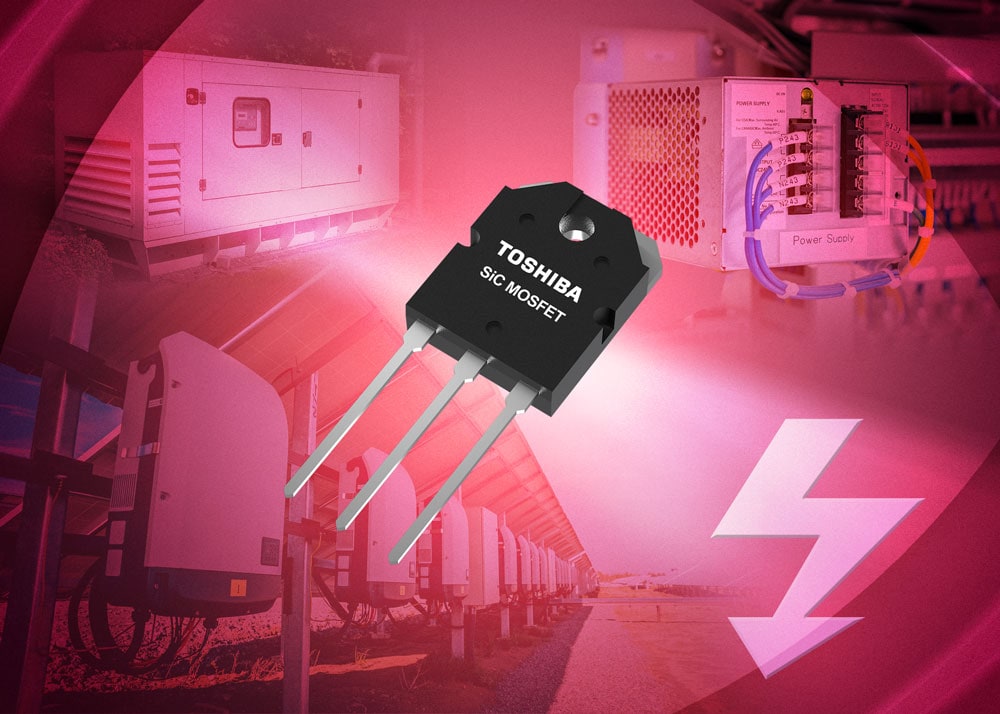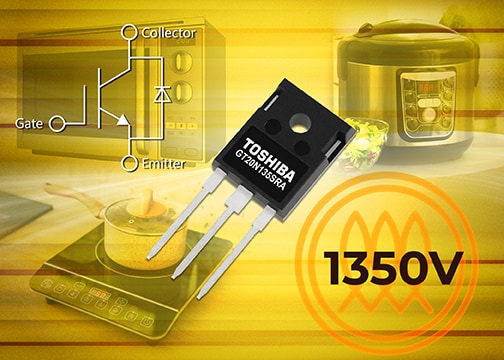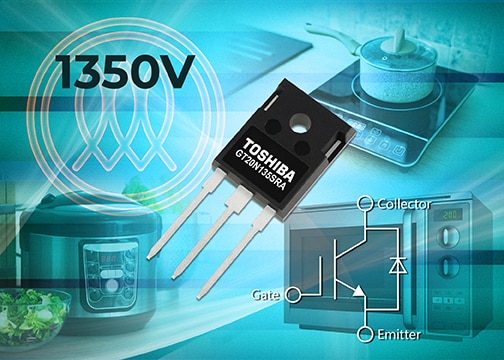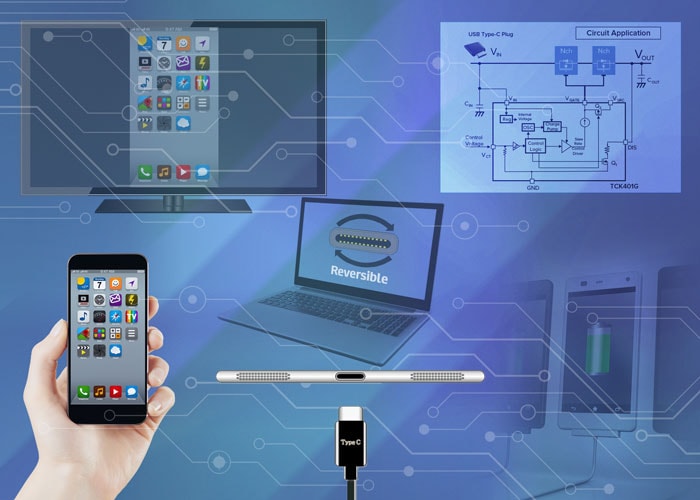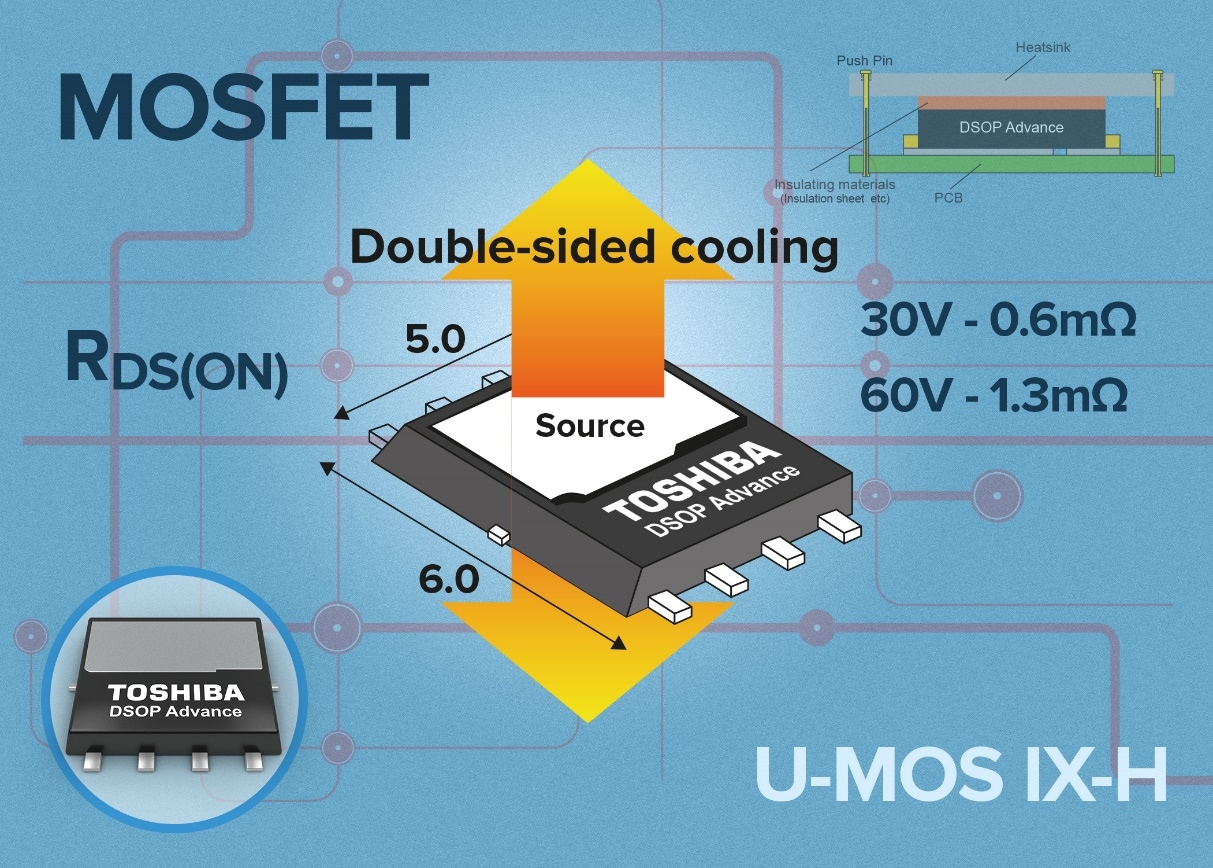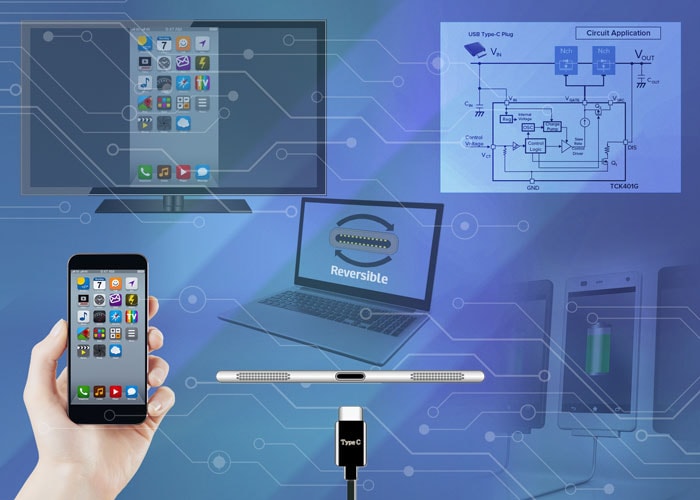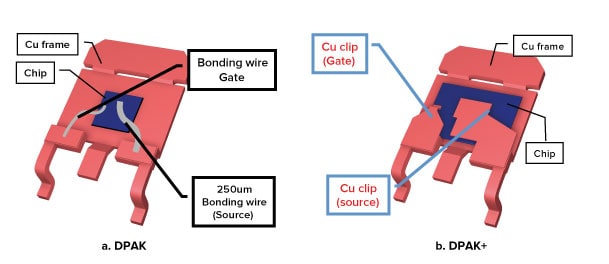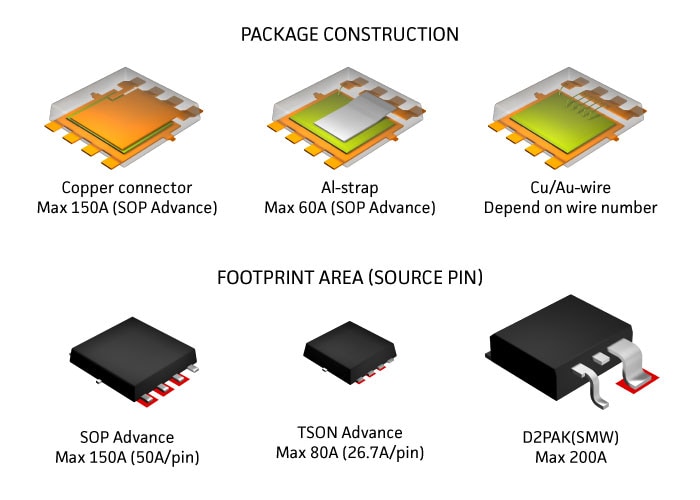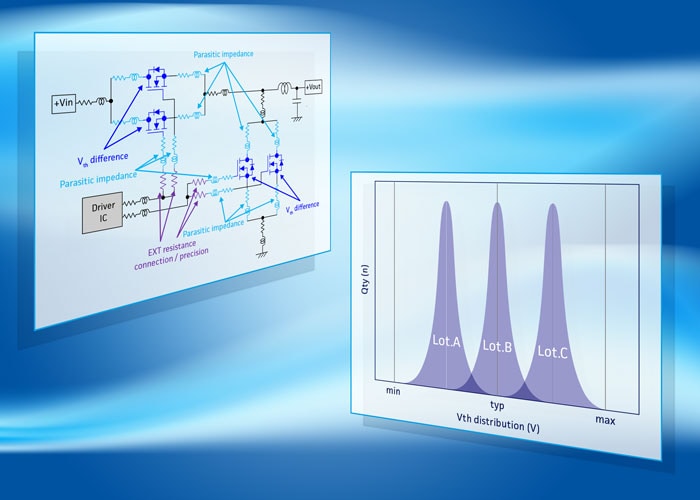- General Top
- SEMICONDUCTOR
- STORAGE
- COMPANY
-
My ToshibaSemicon
- Semiconductor Top
-
ApplicationsAutomotive
Body Electronics
xEV
In-Vehicle Infotainment
Advanced Driver-Assistance Systems (ADAS)
Chassis
IndustrialInfrastructure
BEMS/HEMS
Factory Automation
Commercial Equipment
Consumer/PersonalIoT Equipment
Healthcare
Wearable Device
Mobile
Computer Peripherals
-
ProductsAutomotive Devices
Discrete Semiconductor
Diodes
Transistors
Logic ICs
Analog Devices
Digital Devices
Wireless Devices
※
: Products list (parametric search)
Power SemiconductorsSiC Power Devices
※
: Products list (parametric search)
Isolators/Solid State RelaysPhotocouplers
Digital Isolators
Solid State Relays
Fiber Optic Transmitting Modules
※
: Products list (parametric search)
MOSFETsIGBTs/IEGTsBipolar Transistors※
: Products list (parametric search)
Diodes※
: Products list (parametric search)
MicrocontrollersMotor Driver ICsIntelligent Power ICs※
: Products list (parametric search)
Power Management ICsLinear ICs※
: Products list (parametric search)
General Purpose Logic ICsLinear Image SensorsOther Product ICsOther Product ICs
※
: Products list (parametric search)
-
Design & Development
Design & Development
Innovation Centre
At the Toshiba Innovation Centre we constantly strive to inspire you with our technologies and solutions. Discover how to place us at the heart of your innovations.
-
Knowledge
Knowledge
Highlighted Topics
Further Materials
Other
- Where To Buy
- Part Number & Keyword Search
- Cross Reference Search
- Parametric Search
- Stock Check & Purchase
This webpage doesn't work with Internet Explorer. Please use the latest version of Google Chrome, Microsoft Edge, Mozilla Firefox or Safari.
require 3 characters or more. Search for multiple part numbers fromhere.
The information presented in this cross reference is based on TOSHIBA's selection criteria and should be treated as a suggestion only. Please carefully review the latest versions of all relevant information on the TOSHIBA products, including without limitation data sheets and validate all operating parameters of the TOSHIBA products to ensure that the suggested TOSHIBA products are truly compatible with your design and application.Please note that this cross reference is based on TOSHIBA's estimate of compatibility with other manufacturers' products, based on other manufacturers' published data, at the time the data was collected.TOSHIBA is not responsible for any incorrect or incomplete information. Information is subject to change at any time without notice.
require 3 characters or more.
Protecting and delivering power and data in USB Type-C designs

A world without USB is barely imaginable. Since its introduction in 1996 it has not only successfully ousted a plethora of outdated parallel and serial data transfer technologies in the world of PCs and laptops, it has established itself as a de facto charging interface for smartphone and tablets, and has even been integrated into automobiles.
Recent changes have seen the introduction of a universal connector, known as Type-C. This unkeyed plug and socket solution is designed to simplify usage and do away with the “host and device” usage model. For engineers, this reversible socket, along with the new USB Power Delivery (PD) specification, results in a range of new challenges for which solutions are required.
The first challenge relates to the support for increased power transfer and a wider voltage range than previously. USB 2.0 and earlier standards defined supply voltages of around 5.0V and was limited in current to 500mA, enabling approximately 2.5W of unidirectional power transfer. The PD specification raises the maximum possible voltage to 20V at a power level of up to 100W. These requirements immediately raise concerns around power and thermal management, as well as the impact on footprint in designs that increasingly need to be sparing in their size or volume.
To tackle such challenges, Toshiba provides a range of switching and power solutions that are efficient and compact. The TCK40xG FET driver IC series integrates over-voltage and over-current protection, as well as slew rate control, to support USB charging applications. These devices can be coupled with low loss N-channel MOSFETs like the SSM6K513NU that have an extremely low 8mΩ on-resistance.
Surge protection is another challenge to be tackled where the TVS diodes from Toshiba can play an important role. Devices from the DF2SxxP family can handle the 5V to 20V bus voltage range along with discharge protection of up to 30kV in compact packages. Data lines also need protection but must not impact on the signal integrity of the 20Gbps data transfer rates offered by SuperSpeed+ devices. Here, TVS diodes with low capacitances of just 0.2pF are provided, such as the DF2B5M4SL, in tiny 0.6mm x 0.3mm SOD962 packaging. Alternatively, designers can utilize diode arrays such as the DF5G5M4N that can provide protection for all of SuperSpeed’s signal pairs.
If you are looking to resolve the design challenges around protecting power and data in USB Type-C applications, take a look at our white paper available here:


